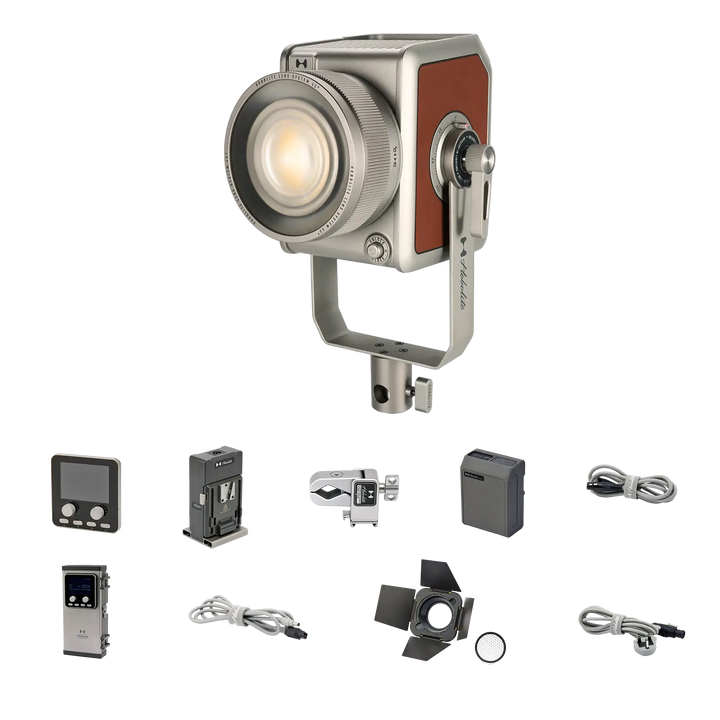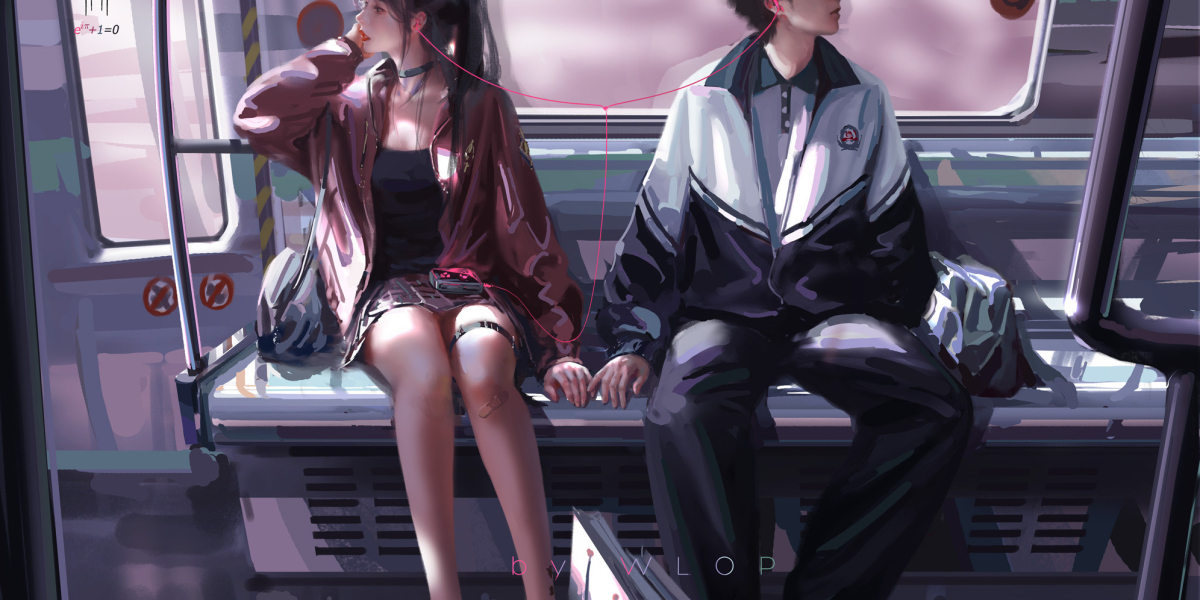Illuminate Your Creativity: Discover the Secrets to Perfect Studio Lighting!
Studio lighting plays a pivotal role in elevating any creative project. Whether you're a photographer capturing portraits, a videographer shooting cinematic scenes, or an artist showcasing your work, the right lighting can drastically enhance the quality of your output. Proper lighting not only brings out the best features of your subjects but also sets the mood and tone for your artistic expression. It can transform a simple image into a breathtaking masterpiece or turn an ordinary video into a compelling narrative. In this article, we will guide you through the essential aspects of selecting the right studio lighting equipment to help you unleash your creativity and achieve professional results.

Understanding Studio Lighting Basics
To effectively utilize studio lighting, it's essential to understand the fundamental concepts that govern it. Studio lighting can be broadly categorized into two types: continuous and strobe lighting. Continuous lighting provides a constant source of light, making it easier to visualize how the light will affect the scene. Strobe lighting, on the other hand, emits a burst of light, allowing for high-speed photography and the capture of fleeting moments. Another vital aspect is color temperature, which refers to the warmth or coolness of the light. Measured in Kelvin, this can significantly impact the mood of your photos or videos. Understanding how these elements interact with your subjects will empower you to create the desired effects in your creative work.
Types of Studio Lighting Equipment
When it comes to studio lighting equipment, there are several options available, each with its own advantages and disadvantages. Softboxes are designed to diffuse light, providing a soft and even illumination that minimizes harsh shadows. Umbrellas are another popular choice, offering a lightweight and portable solution. LED panels have gained popularity for their energy efficiency and long lifespan, while ring lights provide a unique, even lighting source that is especially favored for beauty and portrait photography. By understanding the characteristics and best use cases for each type of lighting equipment, you can make informed decisions tailored to your specific creative needs.
Softboxes and Umbrellas
Softboxes and umbrellas are quintessential tools for photographers seeking to create softer shadows and more flattering light. Softboxes enclose the light source, allowing it to bounce off reflective surfaces inside, which diffuses the light before it reaches the subject. This results in a gentle, even spread of light that is ideal for portraits or product photography. Umbrellas, on the other hand, are versatile and easy to set up, making them an excellent choice for on-the-go shoots. Both options are widely embraced by photographers for their ability to create a professional look without extensive setup.
LED Lighting
LED lighting has revolutionized the world of studio lighting with its energy efficiency, longevity, and versatility. Unlike traditional bulbs, LED lights consume less power and produce less heat, making them safer and more cost-effective in the long run. A significant advantage of LED lights is their adjustable color temperature, allowing creators to customize the lighting to suit various scenarios, from warm indoor settings to cool outdoor environments. LED lights excel in video production, where consistent and flicker-free illumination is crucial for quality footage.
Choosing the Right Studio Lighting for Your Needs
Choosing the right studio lighting can feel overwhelming, but assessing your specific needs can simplify the process. Start by considering the type of photography or videography you plan to undertake. Are you focused on portraits, product photography, or perhaps live streaming? Each scenario may require a different lighting setup. Additionally, evaluate your available space—do you have a dedicated studio, or will you be working in a small area? Finally, budget constraints will play a significant role in your decision-making process. By carefully weighing these factors, you can select the lighting equipment that aligns with your creative objectives and enhances your artistic vision.
Key Takeaways on Studio Lighting Selection
In conclusion, understanding and selecting the right studio lighting equipment is crucial for any creative endeavor. The key points discussed highlight the importance of mastering lighting fundamentals, exploring different types of lighting equipment, and tailoring your choices to suit your specific needs. Remember, experimentation is vital; don't be afraid to try different lighting setups to discover what works best for your unique style. With the right lighting, you can elevate your creative projects and achieve stunning results that resonate with your audience.








